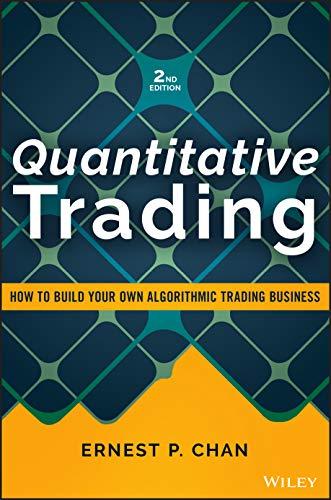Answered step by step
Verified Expert Solution
Question
1 Approved Answer
Retirement Planning & Saving Question # 1 - ( 5 Points ) Imagine you just finished 3 0 years - old, earning $ 1 2
Retirement Planning & Saving
Question # Points
Imagine you just finished yearsold, earning $ pretax per year paid at the
end of each year. Assume you have no financial asset or explicit liabilities. Your salary
grows per year until you retire at the end of age full years of working After
retirement, you are entitled to receive a pension paying of your last salary for the
rest of your life your pension would remain constant Assume a valuation rate of and
a planning horizon to age full years of retirement Your current subsistent
consumption is $paid at the end of the year You expect your subsistent
consumption to grow at rate of until the end of age Your goal is to maintain a
constant discretionary consumption standard of living for the rest of your life. You
should pay taxes according to the table below.
Please answer:
Part A: If you put your savings in a TFSA account, what is the highest real & constant
standard of living that you can achieve?
Part B: What fraction of your fifth salary salary at the end of age should you save to
achieve your financial goal? Do not forget subsistent consumption.
Part C: How much financial capital should you have at age so that you can achieve
your financial goal. This is also known as your target "retirement nest egg".Retirement Planning & Saving. Please provided detailed answers along with numeric values

Step by Step Solution
There are 3 Steps involved in it
Step: 1

Get Instant Access to Expert-Tailored Solutions
See step-by-step solutions with expert insights and AI powered tools for academic success
Step: 2

Step: 3

Ace Your Homework with AI
Get the answers you need in no time with our AI-driven, step-by-step assistance
Get Started


